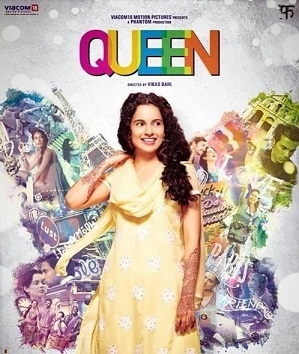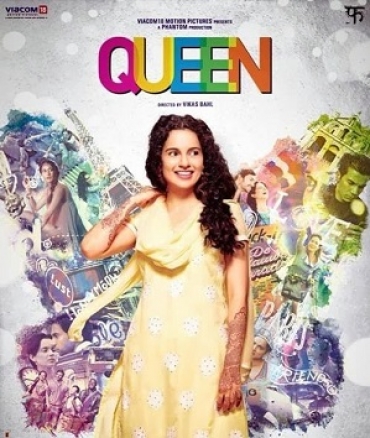
 We wrote about how the role of Indian women, as agents of change and as consumers, is growing as a result of economic change. As a result, companies need to understand the tensions that define the lives of Indian women today, and to help them realize their full economic and social potential.
We wrote about how the role of Indian women, as agents of change and as consumers, is growing as a result of economic change. As a result, companies need to understand the tensions that define the lives of Indian women today, and to help them realize their full economic and social potential.
Enabled by technology and social media, Indian women – supported by a growing number of men – are taking it upon themselves to force the changes that they need to thrive better and contribute more to a more prosperous India.
One of the most visible examples of Indian women’s use of technology to stimulate social change is the Rap Against Rape campaign. Built around a viral video featuring two female university students speaking out about sexism and rape, the campaign encouraged discussion and additional content creation around hashtag #rapagainstrape.
Indian women are using their newly amplified voices both to tackle the controversial issues that affect them, and to celebrate and promote the more positive aspects of their evolving identities. For example, Queen, a 2014 film, puts a completely new spin on the stereotype of the Indian woman who’s rejected for marriage. Queen shows how such a woman is able to come back from the experience empowered and independent, rather than broken – an example of pop culture finally catching up with the new realities. The (Hindi-language) trailer gives a good flavour.
Tensions and opportunities
In this context of rapid economic change, and slower but accelerating social change, Indian women’s consumption habits are being shaped by two important tensions that present opportunities for companies. Chief among these:
Tradition vs. modernity
While Indian women are pressing for social changes that improve their lot in life and their place in society, it doesn’t mean that they’re looking to reject tradition. In fact, our Global MONITOR research shows that 79% of Indian women believe that it is important to preserve their family’s cultural traditions. Instead, they’re looking for a new balance between tradition and modernity – a balance they’re beginning to explore and express through their consumption choices.
One manifestation of this tension is the rapid growth of two product categories that seem at odds with one another. On the one hand, there are skin-whitening products: Driven by continuing belief in traditions that endorse fair skin as a desirable characteristic among respectable and ultimately marriageable women, Indian women spent US$432 million on skin-whitening creams in 2010, a figure that has been growing at 18% per year.
At the same time, a 2013 study done by the India Centre for Alcoholic Studies revealed that the market for alcoholic beverages among Indian women is expected to grow 25% by 2018, much faster than the 10% projection for the overall industry. This growth is driven by the increasing incidence of independent, professional and happily single women who interact more heavily with their male counterparts in both social and professional settings, in a way that’s traditionally frowned upon.
Financial prudence vs. luxury and enjoyment
On the one hand, rapid economic change has accelerated Indian women’s appetite for products that highlight their status and taste: Our Global MONITOR research shows that, in 2014, 42% of Indian women endorsed purchasing luxury products as important in their personal lives.
On the other, much of India remains mired in poverty. Even for those ascending the socio-economic ladder, there are constant reminders of the need for financial prudence. For example, our Global MONITOR research finds that 76% of Indian women classify getting the best price on everything they buy as important (up from 68% in 2010).
There is a wealth of business challenges in just these two tensions. How to reinvent old categories to make them more relevant? Or to make new categories of interest more accessible? How to help Indian women balance a desire to enjoy their increasing economic power, with their need to secure their financial futures? The prize is large for businesses that get this right.
The poster for Queen is from Viacom 18 Motion Pictures, and is used with thanks.
Source: thefuturescompany
